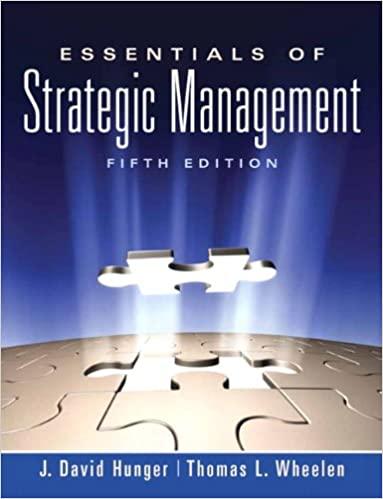Question
Chapter 5 Scope Scope (definition) Six processes of scope management, define each, mapping each to processing groups (initiation, planning, executing, monitoring and controlling) Methods collecting
Chapter 5 Scope Scope (definition) Six processes of scope management, define each, mapping each to processing groups (initiation, planning, executing, monitoring and controlling) Methods collecting requirements: benchmarking defining scope, contents of a project scope statement WBS and WBS dictionary (definition) approaches for creating WBS: analogy, top down, bottom-up, and mind-mapping Work package (definition) advice for creating WBS (p224) controlling scope, how to improve user input (p228) Chapter 6 Schedule Schedule management steps: plan, define activities, sequence activities, estimate activity durations, develop schedule, control schedule -define each Types of dependencies: mandatory and discretionary AOA diagram PDM diagram PERT (the three estimations: optimistic, mostly, pessimistic) Critical path analysis, identify the critical path Techniques for shortening project schedules Critical chain scheduling, project buffer, feeding buffer Chapter 7 Cost Cost management steps: plan, estimate costs, determine budget, control schedule (definition of each) Principles of cost management: life cycle costing, tangible, intangible, direct, indirect and sunk cost Reserves (contingency and management reserves) (see Figure 7-5) Types of cost estimates: rough order of magnitude, budgetary, definitive (definition, which one is more accurate? ) Techniques of cost estimation: analogous, bottom-up, three-point EVM (integrates scope, time and cost data: PV, AC, EV) cost variance, schedule variance Chapter 8 Quality Planning quality scope aspects that affect quality: functionality, system outputs, performance, reliability, maintainability
Managing quality: Quality assurance, benchmarking, quality audit (definition of each) Tools for quality control: fishbone (cause-effect) diagram, checksheet, scatter diagram, control chart, pareto chart (definition of them) Testing: four types of testing: unit, integration, system, and acceptance (definition of each) Testing through the whole life cycle Outcomes of quality control: acceptance decisions, rework, process adjustments Six sigma (definition, DMAIC, project selection, Six sigma and statistics)
Step by Step Solution
There are 3 Steps involved in it
Step: 1

Get Instant Access to Expert-Tailored Solutions
See step-by-step solutions with expert insights and AI powered tools for academic success
Step: 2

Step: 3

Ace Your Homework with AI
Get the answers you need in no time with our AI-driven, step-by-step assistance
Get Started


